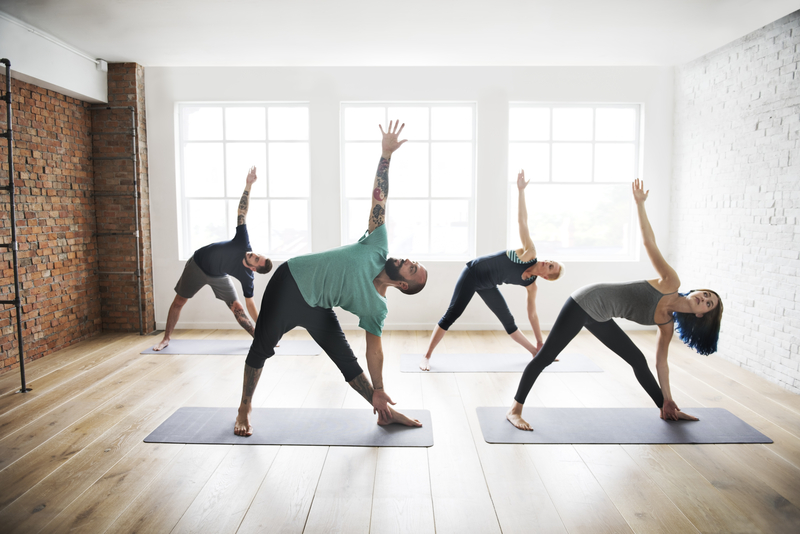Mobility training has demanded significant attention in the fitness community — and for good reason. It plays a crucial role in maintaining and improving the functional capacity of our bodies, enhancing athletic performance and preventing injuries. In this article, we will explore what mobility training is, why it’s important, the difference between mobility and flexibility training, how athletes integrate mobility into their routines and a few effective mobility exercises.
What Is Mobility Training and Why Is It Important?
Mobility training refers to exercises and techniques designed to improve the range of motion of your joints and muscles. Unlike static stretching, which primarily focuses on the lengthening of muscles, mobility training emphasizes dynamic movements and stability within that range of motion. This form of training is essential for numerous reasons:
- Enhanced performance: Improved joint mobility allows for more efficient movement patterns, leading to better performance in various physical activities and sports
- Injury prevention: Enhanced mobility reduces the risk of injuries by ensuring that joints can move freely and efficiently without hesitation or undue stress
- Improved posture: Mobility exercises can correct muscle imbalances and improve posture, reducing any strain on the body during everyday activities
- Greater comfort: Increased mobility can alleviate pain and discomfort associated with stiff joints and muscles, contributing to overall well-being
Mobility Training vs. Flexibility Training
While mobility and flexibility training are often used interchangeably, they serve different purposes.
Mobility training: This type of training focuses on the ability of a joint to move actively through a range of motion with control. It involves dynamic movements and often incorporates strength and stability exercises. For example, shoulder circles or hip CARs (controlled articular rotations) are common mobility exercises.
Flexibility training: This type of training concentrates on the ability of a muscle to lengthen passively through a range of motion. It typically involves static stretching, such as holding a hamstring stretch for 30 seconds or longer.
Athletes Who Prioritize Mobility Training
Over time, we can see the effect prioritizing mobility training for optimal performance has on athletes in various sports.
- Gymnasts and dancers require exceptional joint mobility for their routines, which involve complex and demanding movements with precision
- Martial artists benefit from enhanced mobility for executing kicks, strikes and defensive maneuvers with a full range of motion
- Weightlifters incorporate mobility training to achieve proper form and depth in lifts, reducing the risk of injury by allowing the proper muscles to be loaded
- CrossFit athletes utilize mobility exercises to improve functional movement patterns essential for their diverse and high-intensity workouts
Olympic gold medal diver, Tom Daley, recognizes the impact mobility has had on his diving career. Daley states, “As a diver, maintaining exceptional joint mobility and flexibility is crucial for performing complex dives with precision and minimizing the risk of injury.”
Effective Mobility Exercises
Incorporating mobility exercises into your routine can significantly enhance your physical capabilities. Here are a few effective moves to get you started:
- Hip CARs (controlled articular rotations)
- Purpose: Improve hip joint mobility
- How to perform: Stand on one leg, lift the opposite knee to hip level and slowly rotate the hip in a circular motion; repeat in both directions
- Thoracic spine rotations
- Purpose: Enhance thoracic spine mobility and improve posture
- How to perform: Sit on the floor with your legs crossed, place one hand behind your head and rotate your upper body to one side; repeat on the other side
- Shoulder circles
- Purpose: Increase shoulder joint mobility
- How to perform: Stand with feet shoulder-width apart, extend your arms to the sides and make small circles with your arms, gradually increasing the size of the circles
- Ankle mobility drills
- Purpose: Improve ankle joint mobility and stability
- How to perform: Stand facing a wall, place one foot a few inches away from the wall and bend your knee towards the wall without lifting your heel; repeat on both sides
- Deep squat hold
- Purpose: Enhance hip, knee and ankle mobility
- How to perform: Stand with feet shoulder-width apart, lower into a deep squat position and hold for 30 seconds to one minute, keeping your chest up and heels on the ground
Mobility training is a vital component of any fitness regimen, offering benefits that extend beyond traditional flexibility training. By incorporating dynamic and targeted exercises, you can enhance your range of motion, prevent injury and improve overall performance. Whether you’re an athlete or just looking to move more comfortably in your daily life, prioritizing mobility training will help you unlock your body’s full potential.
by Davon Randolph


Most Commented